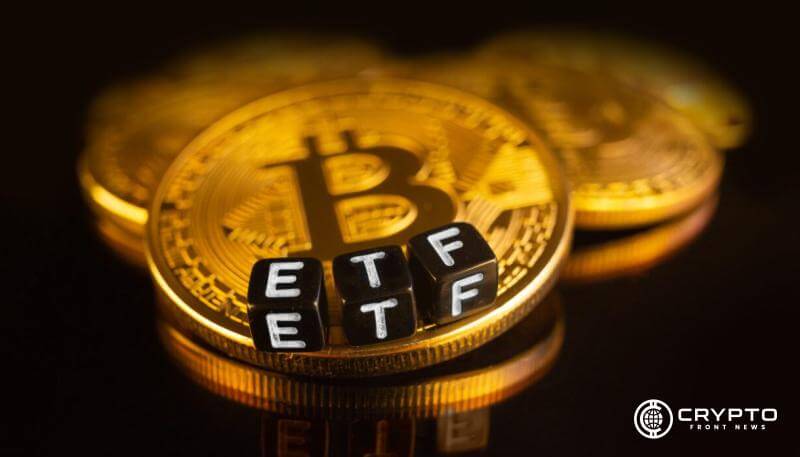- Bitcoin spot ETFs posted a $64.88 million net outflow, with no inflows recorded across all twelve products on April 4.
- Ethereum ETFs gained $2.06 million in daily inflows, backed by strong trading volumes and growing interest in low-fee options.
- BlackRock and Fidelity ETFs lead in net assets, while Grayscale products show persistent outflows due to higher fee structures.
Spot Bitcoin ETFs experienced a net outflow of $64.88 million on April 4, a day of withdrawal of capital. Meanwhile, Ethereum-based ETFs posted a small net inflow of $2.06 million on the same day, capturing varying investor sentiment between the assets.
Bitcoin ETFs Face Withdrawals Despite Long-Term Growth
According to the latest data, all twelve U.S. spot Bitcoin ETFs posted zero net inflows on April 4, leading to a total outflow of $64.88 million. This suggests temporary profit-taking or cautious behavior from investors. Still, the total cumulative net inflow stands at $36.07 billion, reflecting long-term institutional confidence.
They continue to be actively traded with a collective volume of $4.43 billion, which indicates high interest and market liquidity. They altogether carry $94.45 billion in net assets to date, representing 5.65% of Bitcoin’s market capitalization. BlackRock’s IBIT sits at $48.39 billion in assets, with Fidelity’s FBTC ranking in second place with $16.37 billion in assets and Grayscale’s GBTC in third with $16.14 billion in assets.
While GBTC has a huge asset base, it has seen $22.62 billion in cumulative outflows, implying a preference toward lower-fee instruments. IBIT and FBTC, on the other hand, continue to enjoy fee competitiveness and persistent investor faith despite a failure to experience a daily inflow on April 4.
Ethereum ETFs Display Resilience and Attract Inflows
In contrast to Bitcoin products, Ethereum ETFs recorded a positive daily net inflow of $2.06 million. This suggests investors are gradually rotating into Ethereum-based assets. Total cumulative net inflows into Ethereum ETFs have reached $2.36 billion, with $6.16 billion in assets under management, equating to 2.80% of Ethereum’s market cap.
Trading activity remains healthy, with $371.79 million in volume on April 4. Among Ethereum products, Grayscale’s ETHE and BlackRock’s ETHA have the highest net assets but show cumulative outflows of over $4 billion each. Their high fees—2.50% and 2.00%, respectively—are likely contributing to capital rotation.
Meanwhile, newer or lower-cost ETFs are showing strength. Grayscale’s ETH product, priced with a 0.15% fee, has $567.88 million in cumulative inflows. Smaller ETFs like Invesco’s QETH and Franklin’s ZETH also reported strong daily gains. ZETH was the only product to report a net inflow on April 4, taking in the full $2.06 million.
Competitive Pressure Mounts as Fee Strategies Diverge
The ETF market shows a clear trend toward products with lower costs and higher liquidity. IBIT and FBTC continue to attract institutional demand with approximately 2% of BTC market share and fees around 0.25%. On the other hand, legacy products like GBTC and ETHE face challenges due to higher fee structures.
Newer ETFs such as HODL, BRRR, and BTCW recorded daily price gains of up to 2.54%, reflecting short-term speculative interest. These funds offer zero or minimal fees, helping them capture attention from cost-conscious investors. Lower-volume ETFs are also experiencing gains, which may suggest growing traction among retail traders.
The ongoing shift from high-fee legacy products to efficient ETF structures continues to shape fund flows and trading behavior across the crypto ETF landscape.






